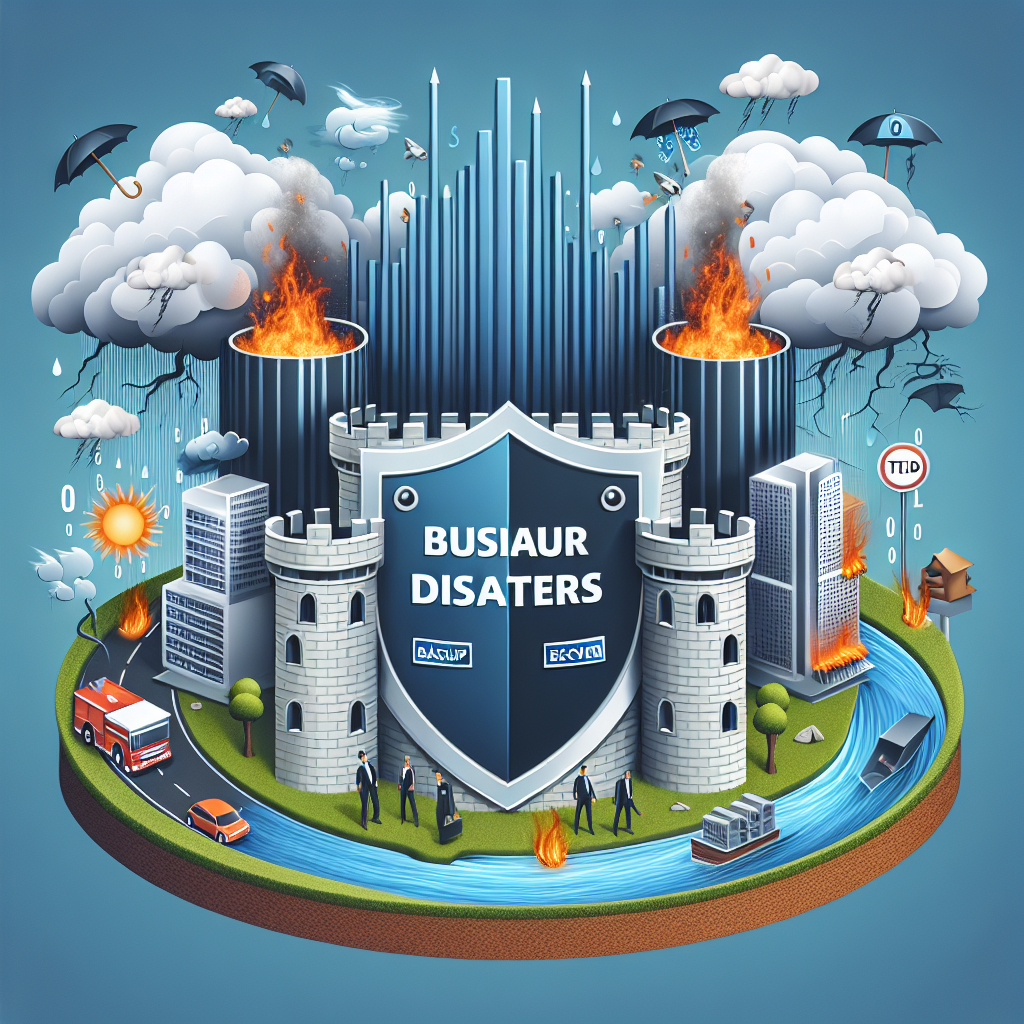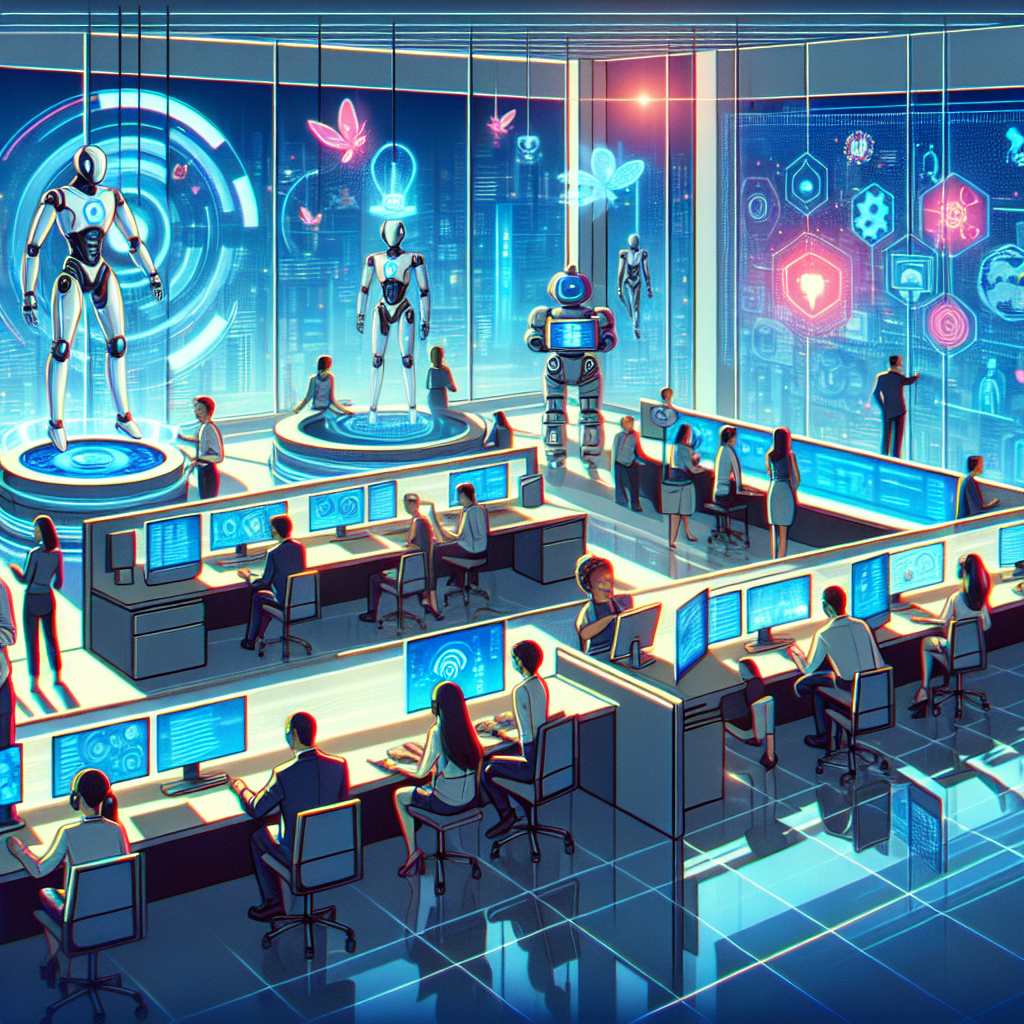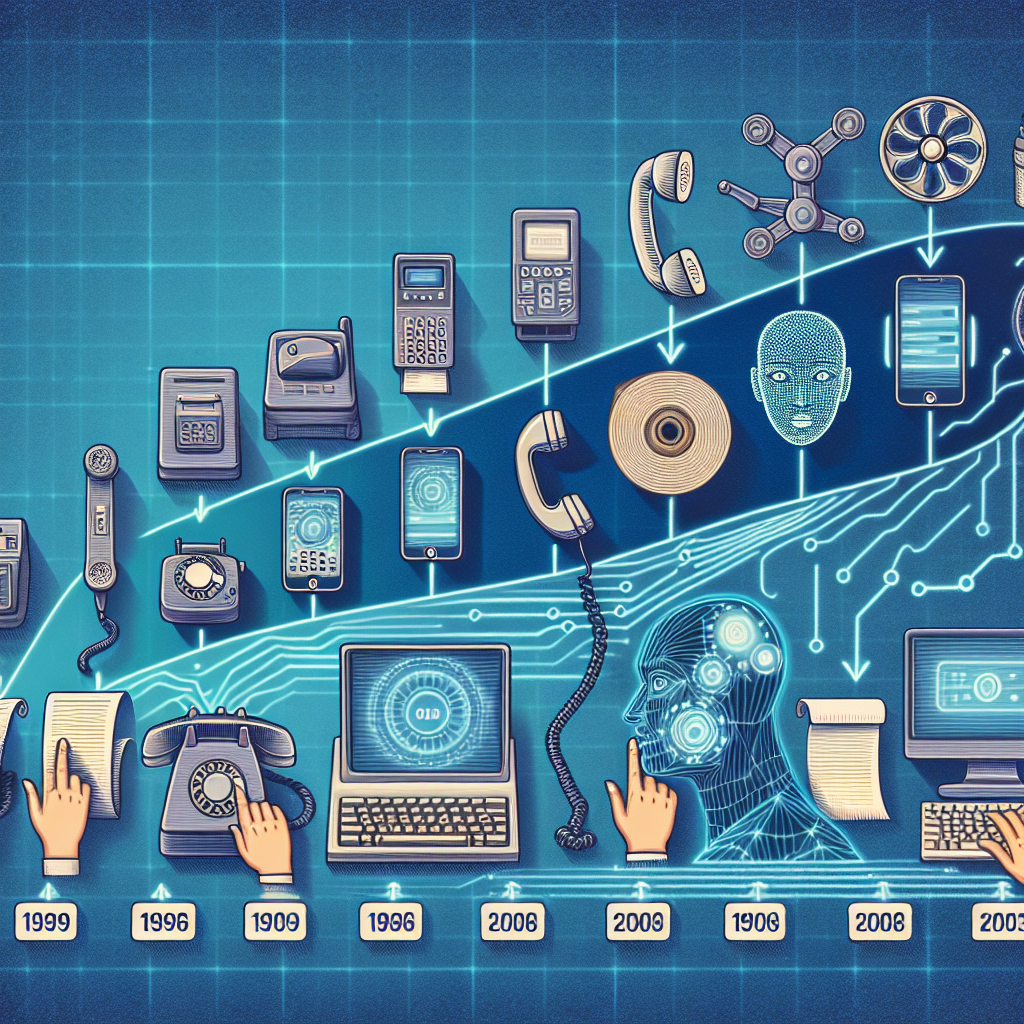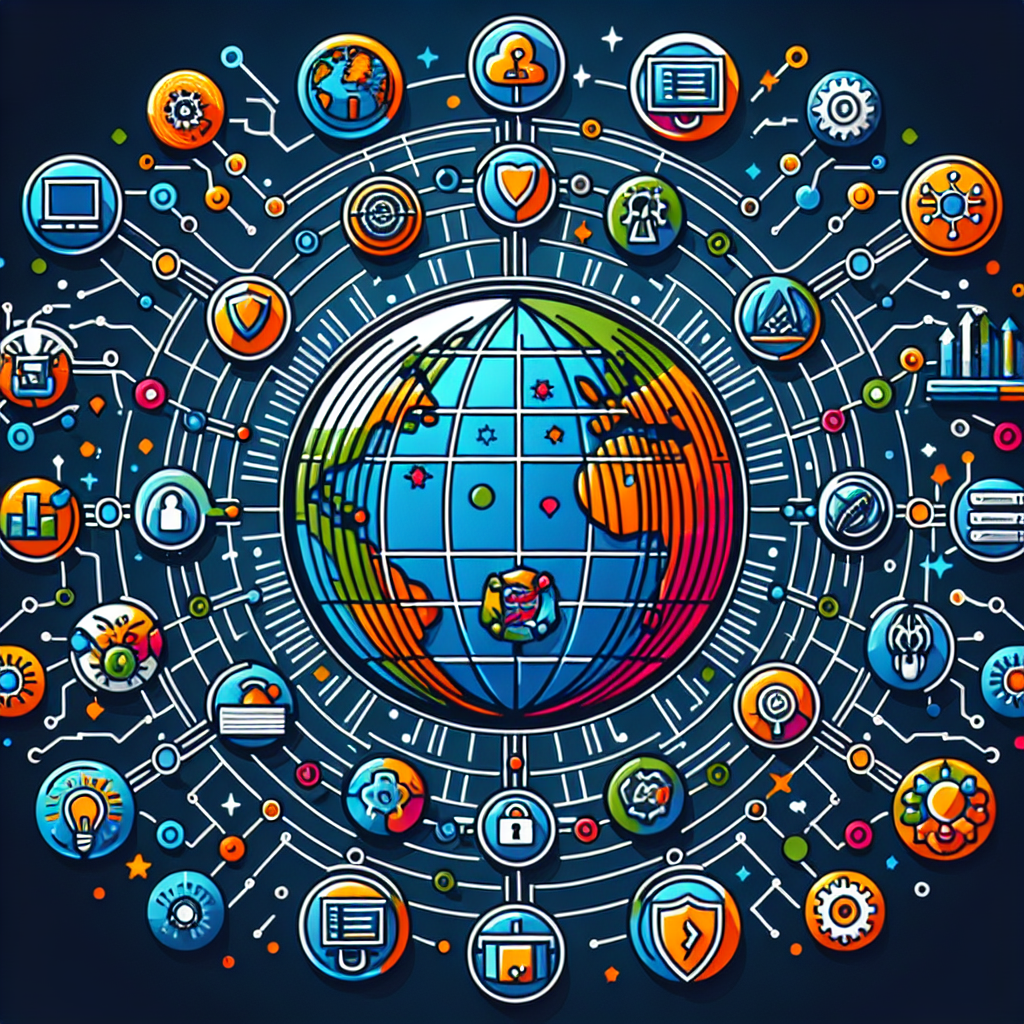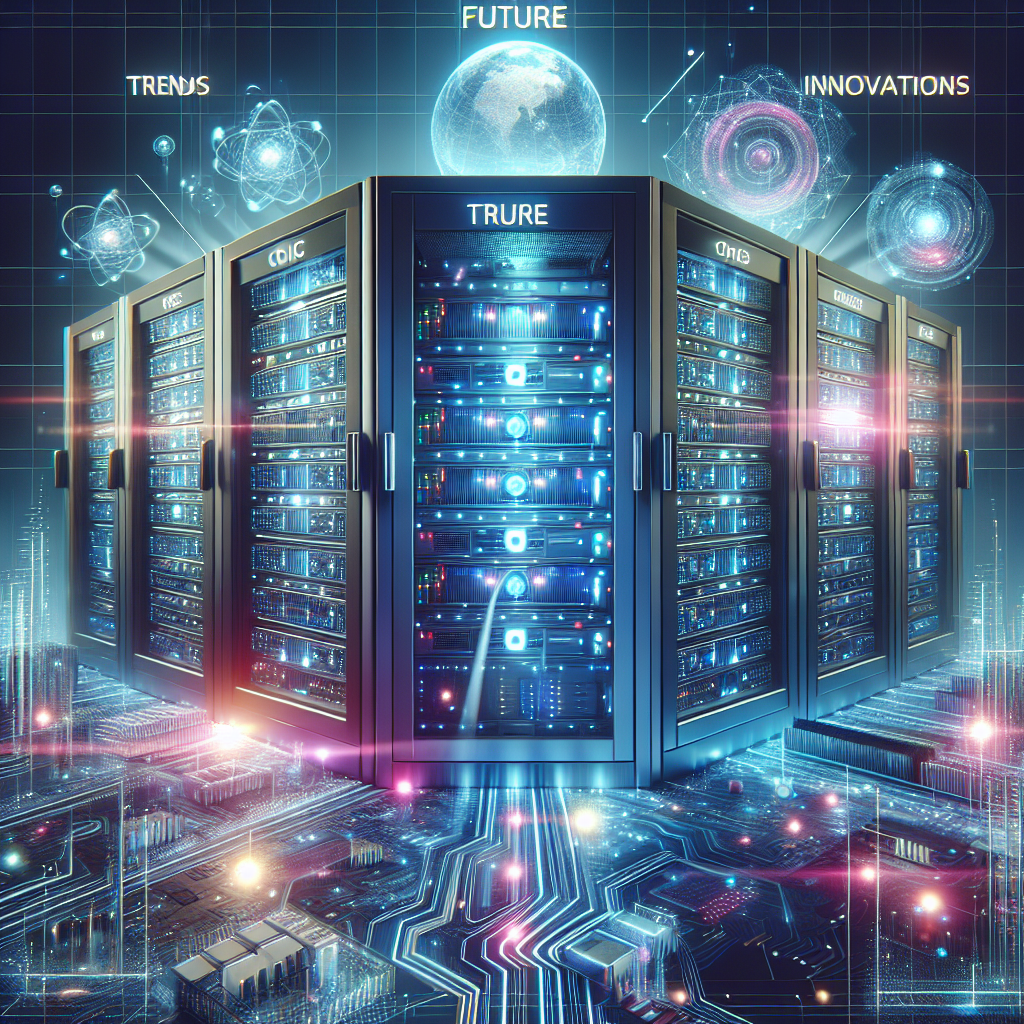In today’s fast-paced and ever-changing business environment, it is crucial for companies to be prepared for the unexpected. Disruptions such as natural disasters, cyber attacks, or even pandemics can have a significant impact on a company’s operations, finances, and reputation. This is where business continuity management comes into play.
Business continuity management (BCM) is a holistic process that helps organizations identify potential threats to their operations and develop plans to ensure that they can continue to operate in the event of a disruption. By having a robust BCM plan in place, companies can minimize downtime, protect their assets, and maintain customer trust during challenging times.
So, what are the basics of business continuity management? Here are a few key steps to get you started:
1. Risk Assessment: The first step in developing a BCM plan is to conduct a thorough risk assessment. This involves identifying potential threats to your business, such as natural disasters, cyber attacks, supply chain disruptions, or human errors. By understanding the risks facing your organization, you can prioritize your planning efforts and allocate resources effectively.
2. Business Impact Analysis: Once you have identified the potential risks, the next step is to conduct a business impact analysis. This involves assessing the potential impacts of each risk on your organization’s operations, finances, and reputation. By understanding the consequences of a disruption, you can develop strategies to mitigate the impact and ensure continuity of operations.
3. Developing a BCM Plan: Based on the risk assessment and business impact analysis, you can then develop a comprehensive BCM plan. This plan should outline the steps to be taken before, during, and after a disruption to ensure the continuity of critical business functions. It should include communication protocols, backup systems, alternate work locations, and roles and responsibilities of key personnel.
4. Testing and Training: Once you have developed your BCM plan, it is crucial to test and train your employees regularly. Conducting tabletop exercises or simulations can help identify gaps in your plan and ensure that your team is prepared to respond effectively in a crisis. Training sessions can also help raise awareness of BCM best practices and ensure that all employees understand their roles and responsibilities.
5. Continuous Improvement: Business continuity management is an ongoing process that requires regular review and updates. As your business evolves and new threats emerge, it is important to revisit your BCM plan periodically to ensure that it remains relevant and effective. By continuously improving your BCM program, you can enhance your organization’s resilience and ability to adapt to changing circumstances.
In conclusion, preparing for the unexpected is essential for businesses of all sizes. By implementing a robust business continuity management program, organizations can minimize the impact of disruptions, protect their assets, and maintain continuity of operations. By following the basics of BCM outlined above, companies can enhance their resilience and ensure their long-term success in today’s volatile business environment.


